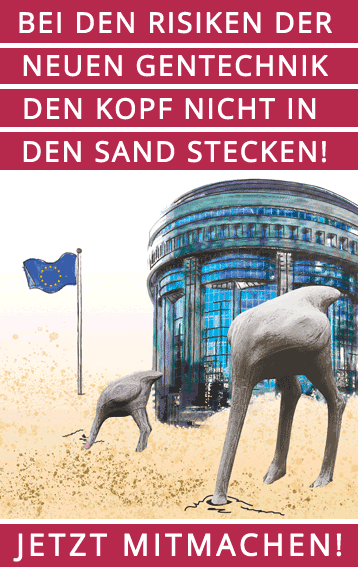Bt11 is one of the older Bt maize, first authorized for cultivation in 1996. Bt11 produces the Bt toxin Cry1Ab against lepidoptera such as European corn borer (ECB, Ostrinia nubilalis and Mediterranean stem borer (MCB, Sesamia nonagrioides). In addition, Bt11 is herbicide-tolerant against the glufosinate-ammonium (BASTA, Liberty). It is currently authorized as food/feed, and this authorisation is currently getting renewed.
As with other Bt maize varieties concerns are about the effects of the Bt toxin Cry1Ab on non-target effects; mainly other moths and butterflies but also predators and other organisms such as earthworms or water organisms. Cry1Ab is also used in MON810 maize.
The herbicide glufosinate is one of the two herbicide used for most herbicide tolerant GM crops. However, glufosinate also falls into a list of about 22 pesticides that the EU parliament decided to phase out because of their adverse effect. Permits for these pesticides will not be renewed when they run out. In its application for cultivation in the EU, Syngenta claims that Bt11 would not be marketed for its herbicide tolerance, but in other countries, such as the USA and Canada, the maize is marketed for both GM traits, and the herbicide tolerance was later taken up into the risk assessment.
On EU level, the cultivation application for Bt11 was passed back and forward between the member states and the Environmental Commissioner Dimas on one side and the EFSA GMO Panel on the other when the EFSA gave a positive opinion, but Dimas proposed to reject the application,
In 2005, contamination of Bt11 with Bt10 was discovered in the US and subsequently in other countries as well. This contamination had happened years ago, apparently when seed




